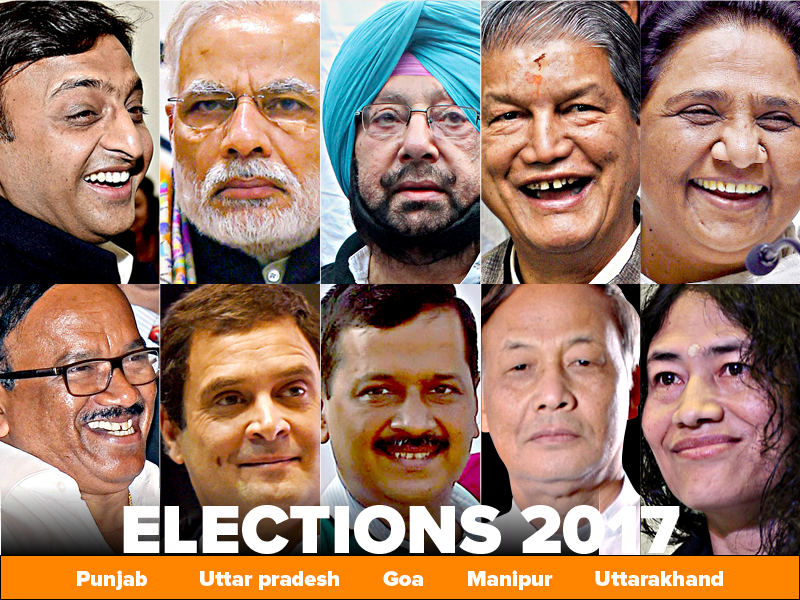Voter turnout estimates are often revised for a final tally by the Election Commission, but by all accounts the current round of Assembly elections has witnessed deepened participation.
In the final, and seventh, phase of the Uttar Pradesh elections on March 8, the turnout for the 40 seats was initially estimated to be 60.03%, an increase of more than 2% over 2012, and hovering near the average for all the seven phases.
In the second phase of Manipur’s election the same day, for 22 of the total 60 constituencies, the turnout in three-quarters of the booths was reckoned to be more than 86%. In Punjab, which went to the polls on February 4, the turnout was 77.4%, marginally less than the 78.2%registered in 2012.
In Goa, which also voted on February 4, it was about 83%, indicating a marginal increase since 2012. And in Uttarakhand, which voted on February 15, early estimates put the turnout at 65.64%, against the 2012 turnout of 67.22%.
We must await the final estimates, though it is clear that none of these States has come close to matching Tripura’s Assembly election turnout of 90-plus. Even so, the voter participation in these elections has once again proved to be far-fetched the ever-hovering anxiety about voter fatigue, if not cynicism.
Indeed, in comparison to other mature democracies with their problem of low voting by the young, the so-called millennials, in India voter enthusiasm cuts across class and age. And as the 2014 Lok Sabha election turnout indicated, it has also bridged the gender gap, with the EC reckoning it has come down to 1.46 percentage points, from 4.42 in 2009.
At first glance, these figures are a repudiation of the worries about voter choice that keep afloat ideas such as deepening the None of the Above (NOTA) option on voting machines to include the right to reject.
In fact, ethnographic studies suggest that the Indian voter perceives voting day to be a special one, with a celebratory camaraderie at the polling booth reflecting a determination to make her vote count. And with turnouts generally rising as one goes from parliamentary to State to local polls, it is clear that personally felt outcomes matter most to voters. Besides, as the higher turnout in the Malwa region compared to the rest of Punjab this year indicates, where the party competition is keenest, voting is higher.
Nonetheless, the old thumb rule about higher turnout meaning an anti-incumbent vote is a thing of the past. Psephological data are rich with the reasons that motivate a vote, and each verdict must be read separately. The decreasing gender gap is one to particularly celebrate.
From the first election in 1951-52, when millions of women did not figure in the electoral rolls as they would not share their names, to the conversations on the sidelines of these elections, with women asserting they’d vote differently from their husbands, India has come a long, though not long enough, way. (The Hindu)
